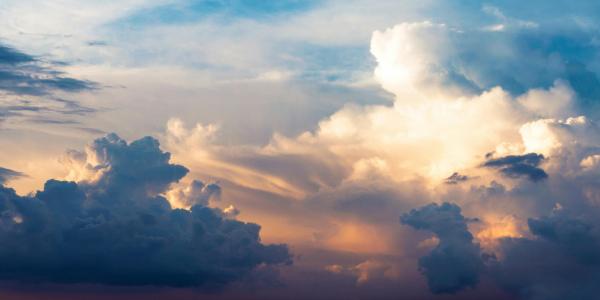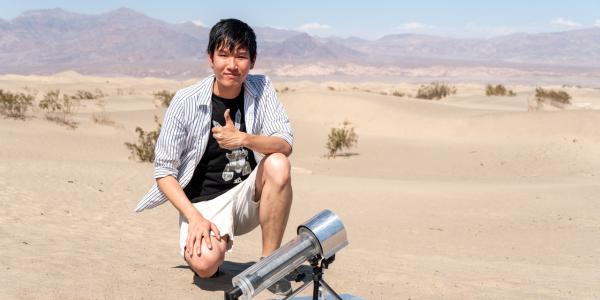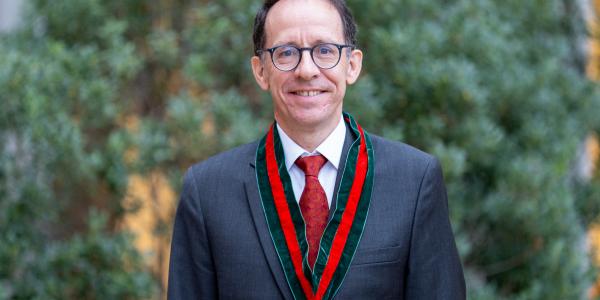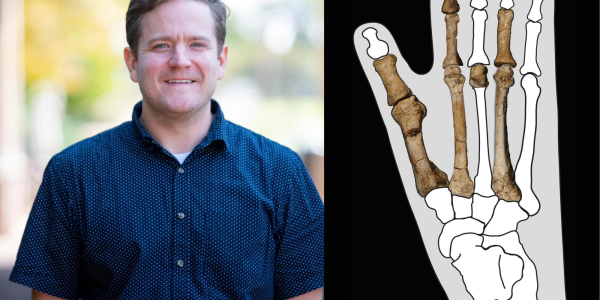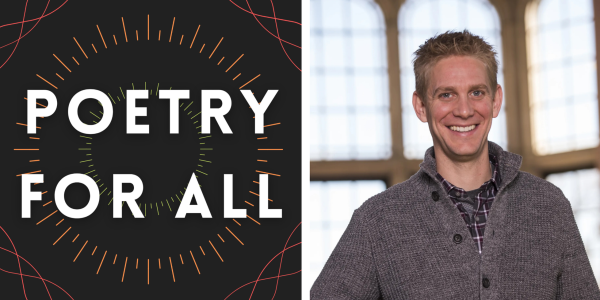The senior applied mathematics major spent 10 weeks over the summer helping astronomers overcome interference from clouds.
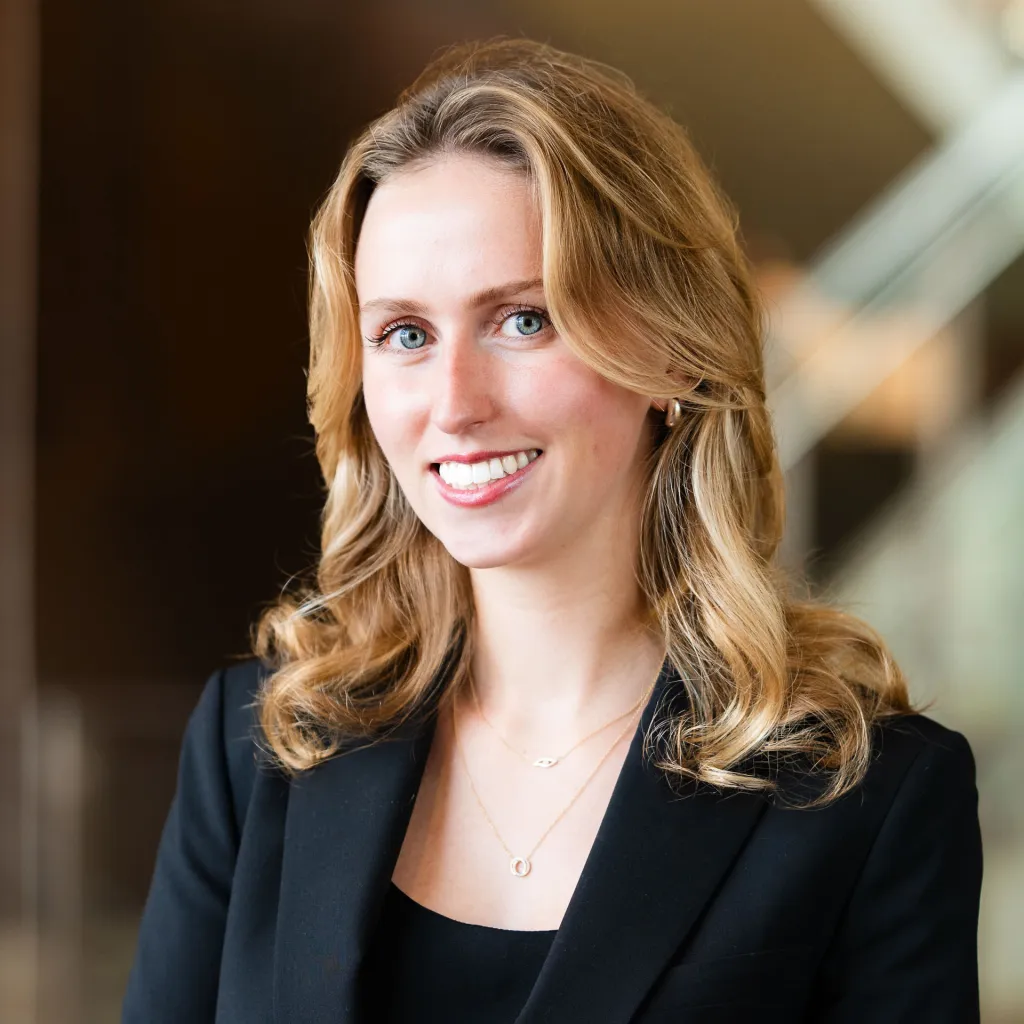
Isabella Caffarelli, a senior majoring in applied mathematics and minoring in astrophysics, has completed a prestigious Science Undergraduate Laboratory Internship (SULI) with the U.S. Department of Energy Office of Science (DOE) at Argonne National Laboratory outside Chicago.
During the 10-week internship, Caffarelli used the laboratory’s supercomputers to tackle a fundamental problem in Earth-based astronomy: clouds that can distort signals from space. Just as astronomers in centuries past couldn’t use their telescopes on cloudy nights, clouds can distort data collected by modern instruments designed to detect microwaves, gamma rays, or other types of energy.
“Water vapor clouds can absorb, emit, and scatter microwave radiation, introducing noise that mimics cosmological signals,” Caffarelli said. “That’s why telescopes are built in high, dry places like the Atacama Desert in Chile.”
To overcome that problem, Caffarelli helped train a computerized camera to identify clouds. “We trained neural networks to recognize the edges of clouds,” she said. “Then we tested that network using a large dataset of thousands of pictures of the sky taken at Argonne.”
The camera was then brought to the Simons Observatory in Chile. The observatory uses millimeter wavelength telescopes to track the cosmic microwave background (CMB), a relic radiation released shortly after the Big Bang. By consulting the camera, astronomers can determine when and where clouds are distorting a signal.
The camera performed well, but there were challenges, Caffarelli said. “The sky in Chile is very different from the sky above Chicago,” she said. “Chicago has a lot of pollution, including light pollution. The sky in Chile is so dark and clear that the camera mistook the edge of our galaxy for a cloud. We had to make some adjustments.”
Argonne National Laboratory is a federal facility with 20 research divisions covering fields including high-energy physics, green energy, biology, and computing. As an intern, Caffarelli worked closely with a mentor, physicist Katie Harrington. She also attended seminars on career development and other professional topics. “There were so many resources that came with the internship,” she said. “It was an incredible experience.”
Caffarelli began pursuing research as a sophomore. Looking to combine her interests in math and astrophysics, she approached Henric Krawczynski, the Wilfred R. and Ann Lee Konneker Distinguished Professor in Physics, for advice. “He was my professor in a first-year seminar called All About Black Holes,” Caffarelli said. “That course really got me interested in astrophysics. It was a small class, so he knew me well.”
Krawczynski helped Caffarelli start a project developing a neural network model to reconstruct the X-ray light curves from a black hole. Her work on the ongoing project helped the network recognize patterns within the emissions near accretion disks around the black hole. She presented her project at the Washington University Physics Research Symposium last November.
“My advice for other students would be to get into research as soon as possible so they can figure out what they want to do,” Caffarelli said. “My research experience definitely helped me land the DOE internship, which was incredibly valuable for my training.”
After graduating from WashU, Caffarelli plans to spend a few years conducting postbaccalaureate research before applying to graduate school, perhaps at Argonne or another national laboratory. With her training at WashU and her DOE internship, she feels fully prepared to tackle whatever comes next. “I’m grateful for all of my opportunities to conduct interesting research,” she said.
Header image credit: Pixabay/Pexels

